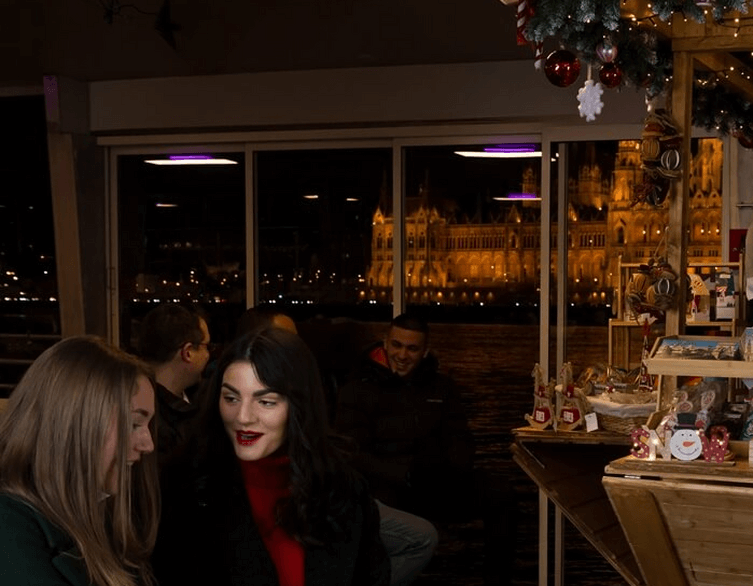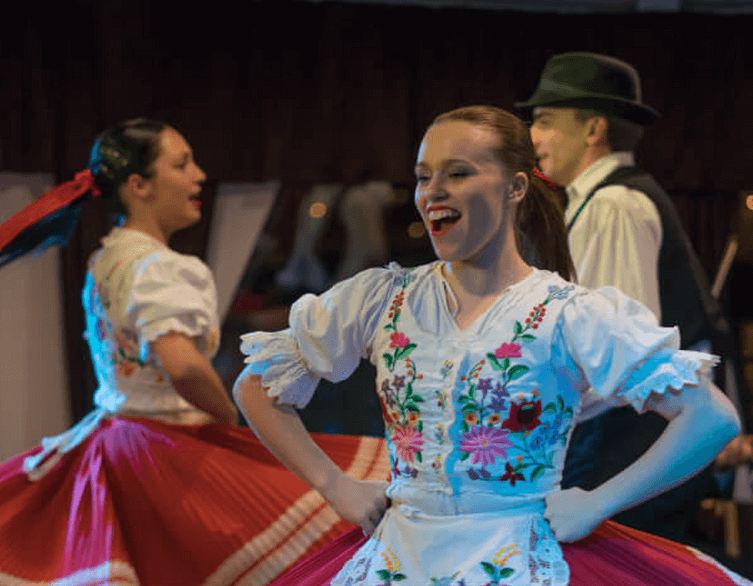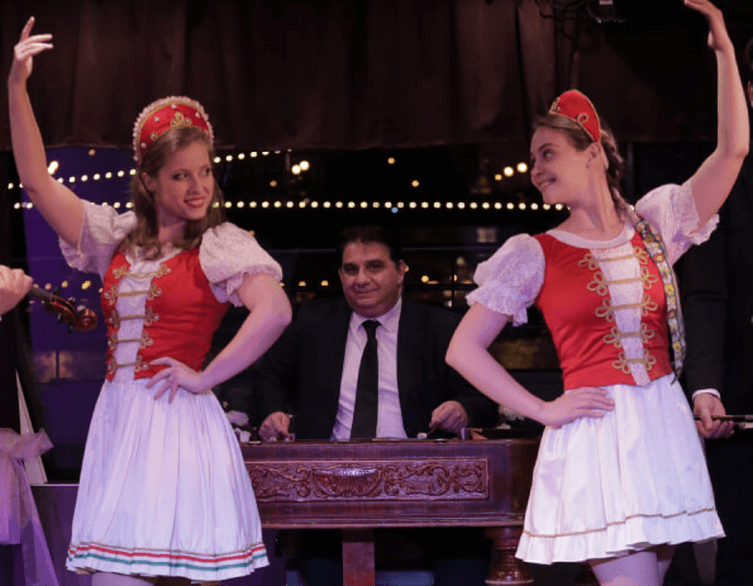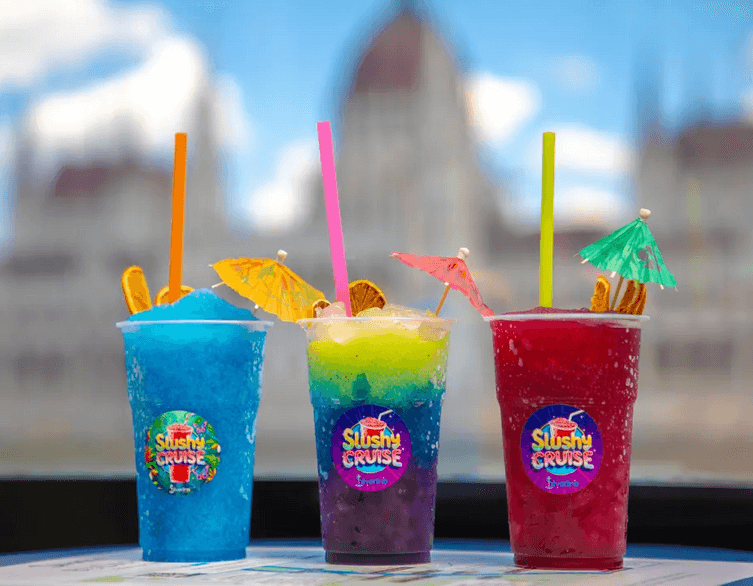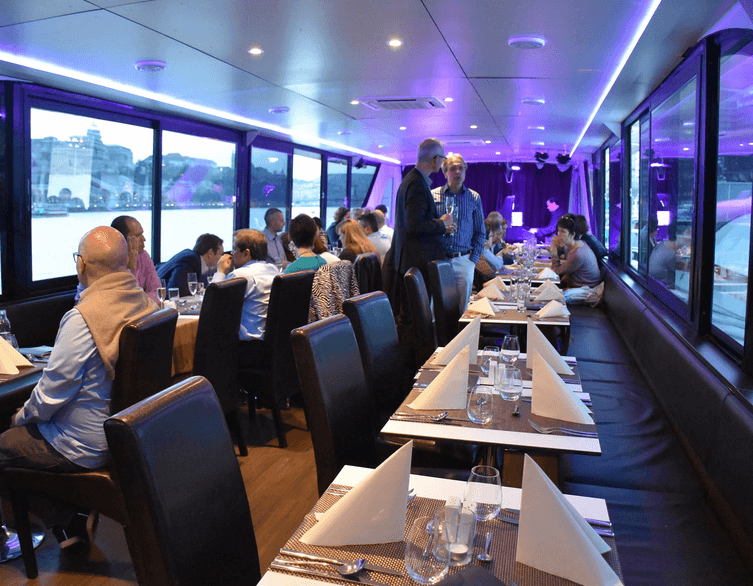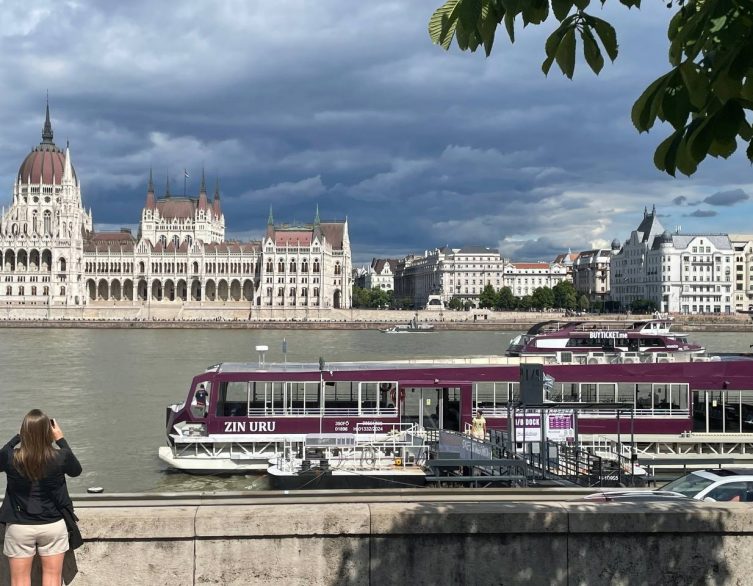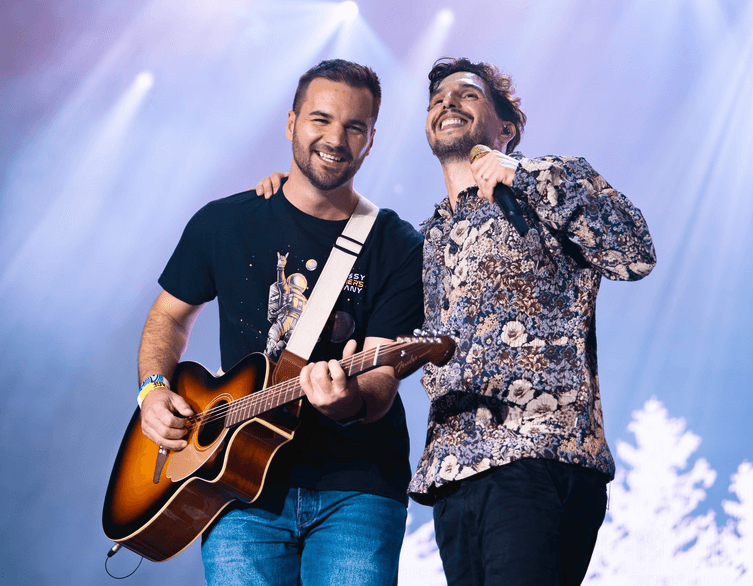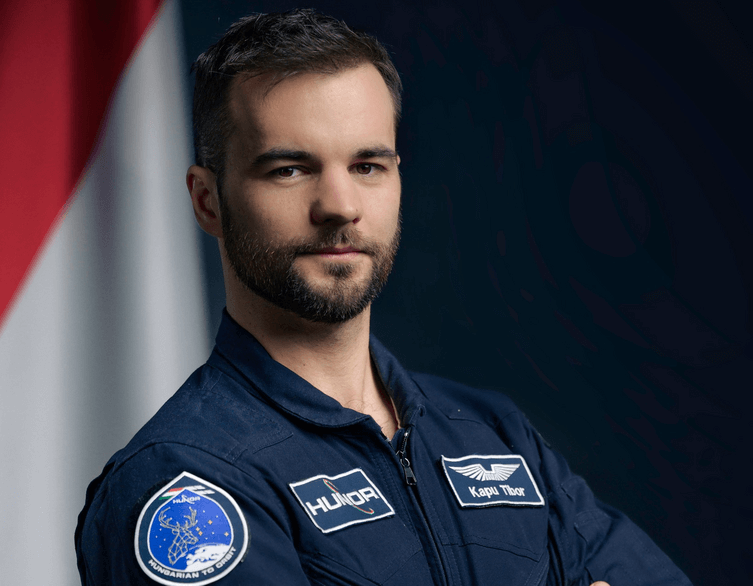Hungary Returns to Space: Kapu Tibor’s Historic Mission to the International Space Station
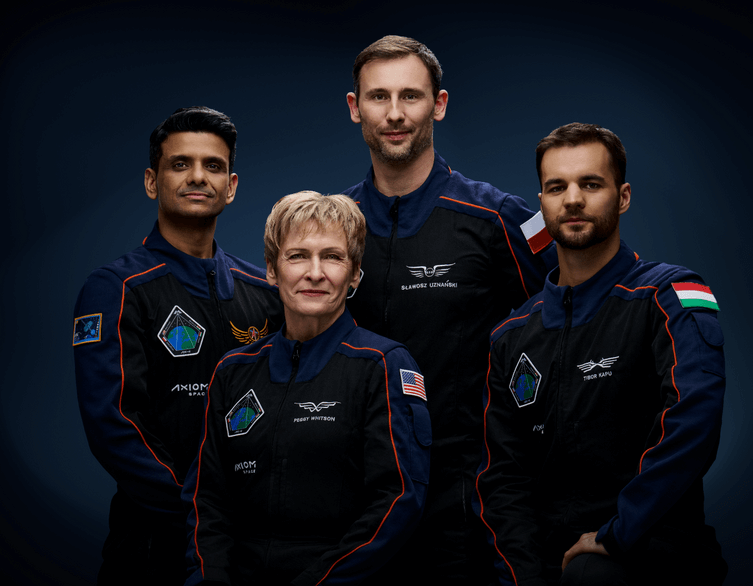
After 45 years of waiting, Hungary is making its triumphant return to space exploration. Kapu Tibor, selected from 240 candidates through the HUNOR Hungarian Astronaut Program, is set to embark on a groundbreaking two-week research mission to the International Space Station as part of the Axiom Mission 4 crew. This historic moment marks not just a scientific achievement, but a cultural celebration that brings together Hungary’s past and future in space exploration.
The Journey to Selection
The path to becoming Hungary’s next astronaut was no easy feat. From 240 hopeful candidates, Kapu Tibor emerged as the chosen one after rigorous selection processes and intensive training. His preparation included nearly two years of Hungarian-based selection and training, followed by eight months of mission-specific preparation in the United States. The comprehensive training program ensured that Kapu Tibor would be ready to conduct the most scientific experiments during the two-week mission.
Five Extraordinary Items Making the Space Journey
What makes this mission particularly fascinating are the unique items accompanying Kapu Tibor to space, each telling a story of Hungarian culture, tradition, and innovation.
TV Maci: A 45-Year Space Veteran Returns
Perhaps the most heartwarming cargo is the legendary TV Maci (TV Bear), making its second space journey after 45 years. This beloved children’s character first traveled to space in May 1980 with Farkas Bertalan, Hungary’s first astronaut, who packed his daughter’s toy along with a Hungarian flag and various Hungarian foods. TV Maci served a special purpose during that historic mission – Farkas Bertalan told bedtime stories to children from the Salyut-6 space station, with the bear as his companion. If TV Maci returns in good condition from the Ax-4 mission, it might even accompany Hungary’s third (or fourth) astronaut on future missions.
Joy the Swan: Zero Gravity Indicator
The Ax-4 mission features an official mascot – a small plush swan named Joy (Öröm in Hungarian). This adorable companion serves as a zero-gravity indicator, clearly signaling when the space capsule reaches the point where microgravitational conditions dominate the spacecraft. Kapu Tibor personally named the swan Joy, reflecting the positive atmosphere of the mission. This follows a tradition in Axiom Space missions where plush animals float in the cabin to indicate weightlessness.
Musical Moments: Guitar in Space
Beyond the intensive scientific work, there will be time for relaxation, and Kapu Tibor plans to play guitar aboard the ISS. The guitar is already waiting for him on the space station, continuing a tradition that dates back to 1965 when the Gemini-6 crew first “smuggled” instruments aboard to play a prank on ground control. The first acoustic guitar played in space was on Salyut-6 in 1978, and by the time of the ISS Expedition-3 mission, mental health specialists had concluded that instrumental music helps combat stress on space stations.
Spicing Up Space: Hungarian Flavors Aboard
Following the tradition of astronauts bringing national food specialties, Kapu Tibor is packing distinctly Hungarian flavors. Piros Arany and Erős Pista paprika creams are making the journey to add excitement to the astronauts’ daily meals. These spicy condiments serve a crucial purpose beyond flavor – since salt content is limited in space mission foods, these supplements help with seasoning to prevent meals from becoming monotonous.
Best deals of Budapest
Research has shown that salt consumption in space contributes to bone loss, but astronauts also crave stronger flavors because taste perception significantly changes in microgravitational conditions, making food flavors less intense.
Space Chocolate: Engineering Sweet Success
For dessert, Kapu Tibor is bringing a specially engineered treat – Stühmer chocolate that has been transformed into genuine “space chocolate”. The Hungarian confectionery company redesigned their product to meet the strict requirements for space consumption, ensuring it won’t crumble excessively in microgravity (since small crumbs can float around the space station) while remaining lightweight and compact due to the extremely high cost of transportation to the ISS.
Developed in 2024 with help from MATE experts, the Stühmer Pillanat Korfu consists of honey egg white frappé with dark chocolate coating. The best part? This space-grade chocolate is also available in stores on Earth for those curious about astronaut cuisine.
Staying Healthy in Space
Life aboard the ISS requires careful attention to physical and mental well-being. Astronauts follow a rigorous routine that includes two and a half hours of daily exercise, six days a week to combat the body’s deterioration in microgravitational environments. This intensive workout schedule not only maintains bone and muscle health but also supports optimal immune system function and positively impacts mental well-being.
The psychological aspect of space nutrition is equally important. As space health expert Nagy-Grócz Gábor explains, incorporating “home flavors” and familiar foods helps create personal connections and reduce feelings of isolation. The familiar tastes of Hungarian paprika creams serve not just as flavor enhancers but as emotional anchors to home.
A Historic Moment for Hungary
Kapu Tibor’s mission represents more than scientific achievement – it’s a bridge between Hungary’s space exploration past and future. The fact that TV Maci is making its return journey after 45 years symbolizes continuity and hope, connecting generations of Hungarian space dreams.
As one veteran astronaut advised Kapu Tibor, despite the packed schedule, he shouldn’t forget to enjoy the journey. This wisdom applies not just to the astronaut but to all Hungarians witnessing this historic moment. When Kapu Tibor conducts his research 400 kilometers above Earth, he carries with him the hopes, flavors, and cultural treasures of an entire nation, proving that even in the vastness of space, the taste of home and the comfort of familiar traditions remain profoundly important.
This mission marks not just Hungary’s return to space, but a celebration of how culture, science, and human connection transcend the boundaries of Earth itself.
Related news
Related events



